Milwaukee Bucks
Starter
Summer League Recap: Bulls 102, Bucks 96
Source: https://www.brewhoop.com/2025/7/16/...ng-chris-livingston-tyler-smith-yuki-kawamura

Photo by Garrett Ellwood/NBAE via Getty Images
Jahmir Young torched Milwaukee with 37 points
The Chicago Bulls took down the Milwaukee Bucks, 102-96, in a high-intensity contest. Chicago rattled off a big run to start the fourth quarter and rode that momentum to victory. Jahmir Young ended the game with 37 points, while Javon Freeman-Liberty added 23. Chris Livingston led Milwaukee once again with 23 points. The Bucks are now 1-3 in Summer League play with one game remaining.
Game Recap
Milwaukee opened the game with a lineup of Markquis Nowell, Andre Jackson Jr., Livingston, Tyler Smith, and Pete Nance. The Bulls started Young, Freeman-Liberty, Emanuel Miller, Mãozinha Pereira, and Lachlan Olbrich. Matas Buzelis did not suit up—he’s been shut down for the remainder of Summer League, as happens often with young players of his caliber. Noa Essengue also sat out. Jamaree Bouyea, Mark Sears, Frankie Fidler, and Blaise Threatt were in street clothes for the Bucks.
Chicago delivered the first blow of the game a minute in when Javon Freeman-Liberty threw in a prayer of a floater. Milwaukee’s first points came from Tyler Smith at the free throw line on the next possession. Both teams were engaged on defense early, and easy shots were hard to come by. The Bulls leaned on Jahmir Young, who scored ten points in the period. Chris Livingston also came out hot, riding the high from signing his new guaranteed contract. He chipped in seven of Milwaukee’s first 14 points and nine in the quarter overall. Stanley Umude came off the bench and knocked down two triples, including one off a crisp extra pass from Bogoljub Markovic at the 1:00 mark. In the final few seconds, Wooga Poplar blew a transition layup that led to a Cormac Ryan three, and the Bucks led 27-22 through the opening frame.
Umude got the scoring started in the second with a fierce lefty slam over Chicago’s backup center, David Muoka. Markovic followed that play up with a dunk of his own, a little double-clutch two-hander in transition. The Bulls called a timeout after that, and Milwaukee’s bench erupted in cheers. The Bucks couldn’t get on a run, though, as Mãozinha Pereira banked in a runner after the stoppage and Yuki Kawamura put in a mid-range jumper on the next play. However, over the course of the period, Milwaukee built a double-digit lead behind contributions from all of their guys. Pete Nance, who’s been a steady presence for the team throughout their Vegas trip, hit his first jumper of the afternoon around the 4:30 mark. Smith was having another tough quarter, missing two more open threes and looking openly frustrated, but with 1:30 remaining, he sprang up and threw down a dunk over Pereira. That play must have given him an injection of confidence, as the next time down the floor, he finally canned an outside shot. Thirty seconds later, Chicago faithful got a jolt of jubilation when Kawamura, a fan favorite, forced an eight-second violation, and Young finished a tough and-one that cut the lead to single digits. At the end of the half, Milwaukee was ahead by exactly ten, holding a 55-45 lead. Young led all scorers with 21 points through two periods, while Livingston paced the Bucks with fourteen.
Chicago scored a quick three points in transition to start the half, getting a free throw from Emanuel Miller and a layup from Freeman-Liberty. Determined to prevent a run, Andre Jackson Jr. galloped down the court and tried to detonate for a dunk, but he was fouled hard and had to settle for free throws. The Bulls didn’t get the message, and they pieced together a 7-3 push to cut the lead to just six. The intensity of the game picked up, and the two division rivals were going blow for blow. The Bucks were nursing just a five-point lead when they called a timeout at the 4:50 mark. Freeman-Liberty was leading the comeback charge for Chicago, and he notched eight points in the quarter in total. His knack for tough shotmaking helped him overcome swarming defense from Wade Taylor IV. Things were getting too close for comfort, and despite going on a 7-0 run after the two-minute warning, the Bucks held just a 75-69 advantage through three quarters.
Pereira went on an impressive 7-0 individual run for Chicago to start the fourth, throwing down two dunks and connecting on a three off a jaw-dropping behind-the-back pass from Kawamura. Just like that, the Bulls had the lead. Livingston responded with a dunk of his own, but then Young cashed back-to-back threes from the right wing. Everything was coming up Chicago, and they held a five-point lead when a timeout was called inside the 7:00 mark. Oh, how the turn tables. The Thomas & Mack Center clamored with celebration when Kawamura hit a three to give his team an eight-point advantage, and things got even louder when Young finished another and-one. Bulls fans travel well, apparently. Around the 3:00 mark, a few Chicago turnovers opened the door for Milwaukee to stop the bleeding and cut the lead back down to three. Then, Young delivered yet another timely trifecta, and Freeman-Liberty back-cut Nance for a layup that put Chi-Town up eight. In the end, the Bulls were able to ice out any comeback attempt and pull out the win.
Stat That Stood Out
Jahmir Young’s 37-piece came on 12/17 shooting from the field and 6/7 from three. All in all, it was a dominant performance from the little guard, one of the best any player has had in Summer League up to this point.
Support our site! | BreakingT | ESPN+ | ESPN+ 30 For 30 | fuboTV | Disney+
Source: https://www.brewhoop.com/2025/7/16/...ng-chris-livingston-tyler-smith-yuki-kawamura




/cdn.vox-cdn.com/uploads/chorus_asset/file/26060330/Milwaukee_1_071725.png)
/cdn.vox-cdn.com/uploads/chorus_asset/file/26060329/Milwaukee_2_071725.png)





/cdn.vox-cdn.com/uploads/chorus_asset/file/26062305/2224203796.jpg)
/cdn.vox-cdn.com/uploads/chorus_asset/file/26062307/2224409690.jpg)
/cdn.vox-cdn.com/uploads/chorus_asset/file/26062308/2224203916.jpg)
/cdn.vox-cdn.com/uploads/chorus_asset/file/26062309/2224746378.jpg)
/cdn.vox-cdn.com/uploads/chorus_asset/file/26062310/2223846796.jpg)
/cdn.vox-cdn.com/uploads/chorus_asset/file/26062312/2223848405.jpg)
/cdn.vox-cdn.com/uploads/chorus_asset/file/26062313/2224204014.jpg)
/cdn.vox-cdn.com/uploads/chorus_asset/file/26062315/2224997615.jpg)
/cdn.vox-cdn.com/uploads/chorus_asset/file/26062318/2224997469.jpg)
/cdn.vox-cdn.com/uploads/chorus_asset/file/26062319/2223863661.jpg)






/cdn.vox-cdn.com/uploads/chorus_asset/file/26070648/Screenshot_2025_07_29_105217.png)


/cdn.vox-cdn.com/uploads/chorus_asset/file/26074544/911464832.jpg)
/cdn.vox-cdn.com/uploads/chorus_asset/file/26074550/1197332521.jpg)
/cdn.vox-cdn.com/uploads/chorus_asset/file/26074559/image.png)
/cdn.vox-cdn.com/uploads/chorus_asset/file/26074591/2025_26_CityEdition_JerseyReveal_CreamCity_Court_Website_PromotionalImage_1920x1080.jpg)

